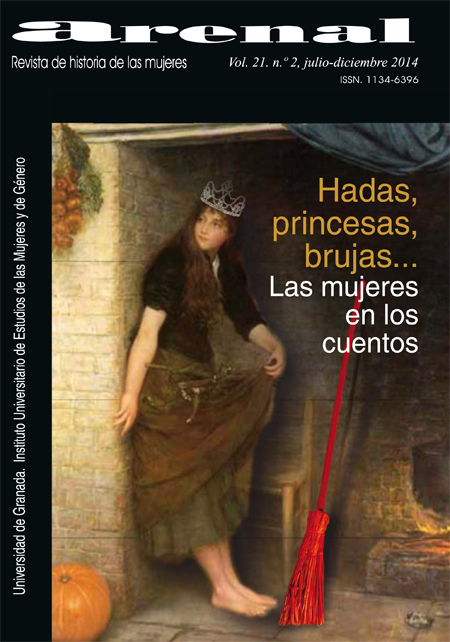Mano de obra y relaciones de parentesco en Mesopotamia: madres trabajadoras versus hombres “ganadores de pan”
DOI :
https://doi.org/10.30827/arenal.v21i2.2634Mots-clés :
Mesopotamia, Trabajo, Mano de obra, Relaciones de parentesco, Tercera Dinastía de UrRésumé
Del periodo conocido como Ur III o Tercera Dinastía de Ur en Mesopotamia (ca. 2112-2004 a.n.e.) nos han llegado centenares de miles de tablillas cuneiformes escritas en sumerio, buena parte de ellas textos administrativos. Una parte importante de estos textos lista mano de obra dedicada a varias tareas. En la literatura secundaria, de forma recurrente, se ha tratado de dilucidar cuáles eran las posibles relaciones de parentesco entre quienes se incluyen en estos textos. En este artículo recogemos algunas de estas propuestas, fijándonos especialmente en la filiación y la descendencia, y proponemos una lectura crítica de las mismas aplicando algunas ideas acuñadas desde el posfeminismo.
Téléchargements
Téléchargements
Publié-e
Comment citer
Numéro
Rubrique
Licence
Los/as autores/as que publican en esta revista están de acuerdo con los siguientes términos:
Los autores/as conservarán sus derechos de autor y garantizarán a la revista el derecho de primera publicación de su obra, el cuál estará simultáneamente sujeto a la Licencia de reconocimiento de Creative Commons 4.0 BY-NC-ND que permite a terceros compartir la obra siempre que se indique su autor y su primera publicación esta revista.
Los autores/as podrán adoptar otros acuerdos de licencia no exclusiva de distribución de la versión de la obra publicada (p. ej.: depositarla en un archivo telemático institucional o publicarla en un volumen monográfico) siempre que se indique la publicación inicial en esta revista.
Se permite y recomienda a los autores/as difundir su obra a través de Internet (p. ej.: en archivos telemáticos institucionales o en su página web) antes y durante el proceso de envío, lo cual puede producir intercambios interesantes y aumentar las citas de la obra publicada. (Véase El efecto del acceso abierto).














